With grandeur and devotion, every year the city of Cusco dresses up for the Corpus Christi celebration. This traditional festivity blends the Catholic heritage from the Spanish colonial era with ancestral indigenous beliefs. Moreover, it stands as one of the most significant festivities in the regional religious calendar. This valuable syncretism of colonial and indigenous cultures reaches new heights, drawing thousands of faithful and visitors from around the globe to partake in the processions, masses, and rituals that mark this special occasion.
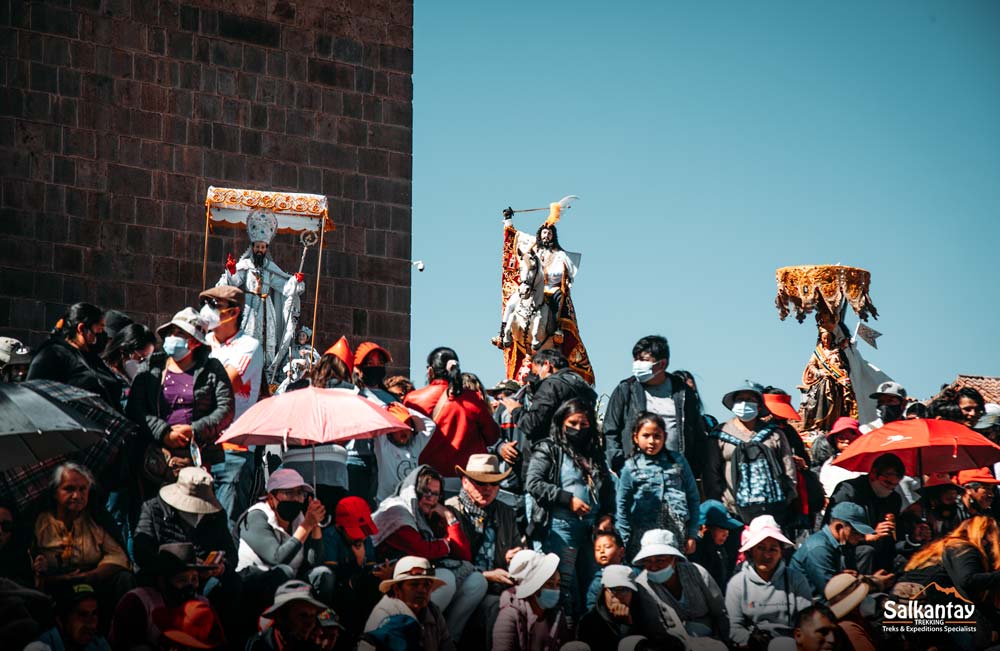
- Brief History.
- Compilation of the Saints Venerated in the Corpus Christi of Cusco.
- San Antonio Abad / Saint Anthony the Abbot
- San Jerónimo / Saint Jerome
- San Cristobal / Saint Christopher
- San Sebastian / Saint Sebastian
- Santa Bárbara / Saint Barbara
- Santa Ana / Saint Anne
- Santiago Apostol / Saint James the Apostle
- San Blas / Saint Blaise
- San Pedro / Saint Peter
- San José / Saint Joseph
- Virgen de la Natividad / Virgin of the Nativity
- Virgen de los Remedios / Virgin of Remedies
- Virgen Purificada / Purified Virgin
- Virgen de Belén / The Virgin of Bethlehem
- Virgen Inmaculada Concepción / Immaculate Conception Virgin
- Traditional Customs.
- Tips to Enjoy Corpus Christi to the Fullest.
- Conclusion.
Brief History.
In Latin America, Corpus Christi celebration became a significant occasion to showcase the cultural richness and religiosity of communities. Solemn processions, traditional dances, and other festive events commemorate the presence of Christ in the Eucharist.
The celebration of Corpus Christi was introduced by the Spanish in the 16th century and has deep roots in Cusco’s colonial history. It was in 1538, eight years after the Spanish foundation of the city, that the first Corpus Christi procession took place. Today, squares and streets are adorned with flower and sawdust carpets, generating both solemnity and festivity.
What would the Cusco celebration have been like in pre-conquest times? Pinpointing this information is somewhat challenging as there isn’t much evidence available. Drawing from various bibliographic sources, it’s believed that these were religious festivals of different kinds. It’s thought that during the time of the Incas, numerous mallquis or ancestral mummies were still venerated, and these deities also embarked on journeys around the city periodically.
Exactly 20 years ago, on August 8, 2004, the Corpus Christi festival in Cusco was declared a cultural heritage of Peru. It was declared then that this festivity is one of the most relevant expressions of Peruvian culture as it is a source of national identity. This solemn tradition takes place in the months of May or June, according to the Catholic calendar.
Compilation of the Saints Venerated in the Corpus Christi of Cusco.
Throughout the Corpus Christi celebration in Cusco, fifteen saints, holy figures, and virgins are venerated, each with their own history and significance. The procession of these images surrounded by dances, represents a unique blend of Catholicism and indigenous beliefs. This festivity reflects the rich cultural diversity of the region. Let’s explore the history of each one:
San Antonio Abad / Saint Anthony the Abbot
Patron saint of animals and farmers, was born in Egypt in the 3rd century. He withdrew to the desert to lead a life of prayer and penance, and numerous miracles are attributed to him, including his ability to communicate with animals.
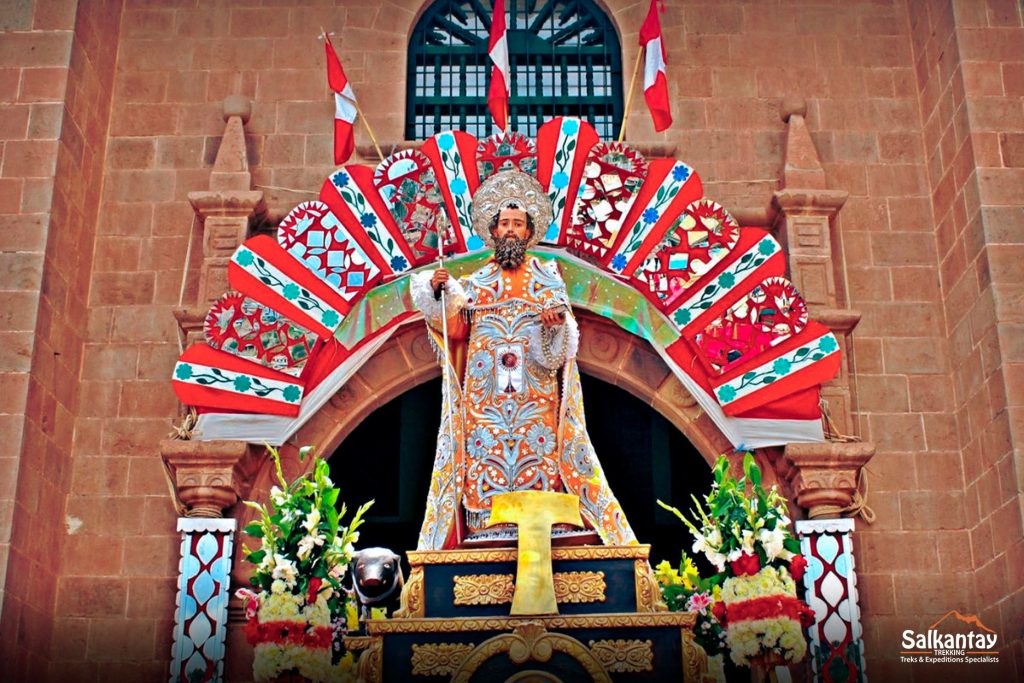
San Jerónimo / Saint Jerome
A priest and hermit who lived in the desert of Palestine in the 4th century. He is known for his translation of the Bible into Latin, known as the Vulgate, and is revered as the patron saint of scholars and translators.
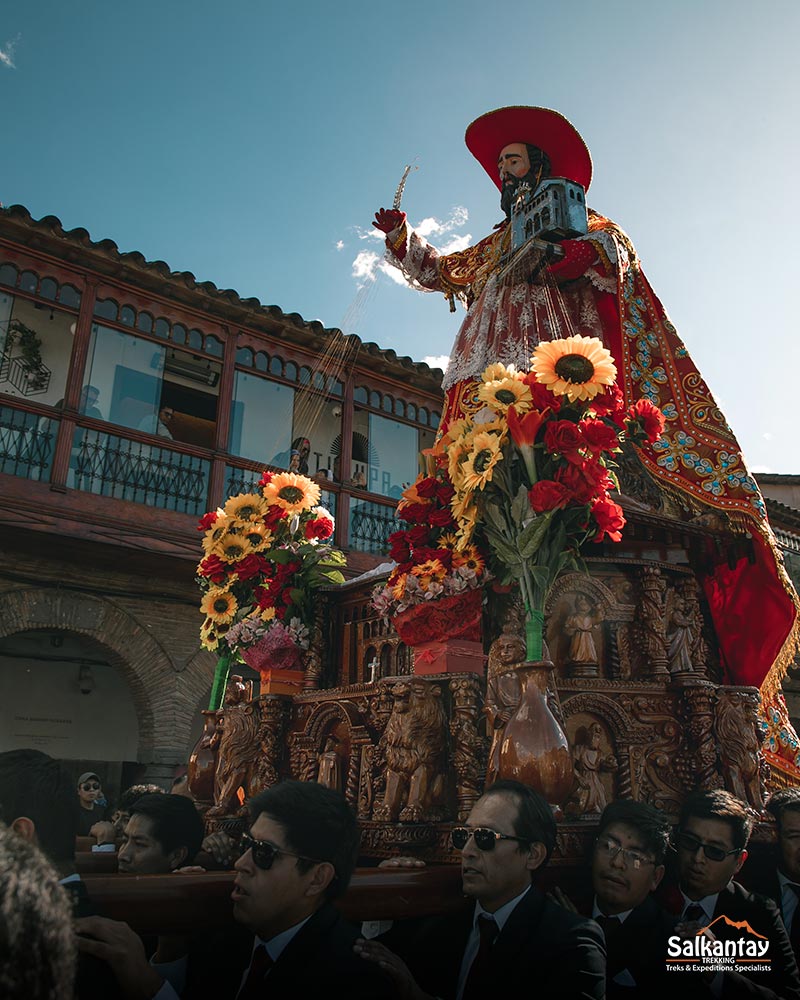
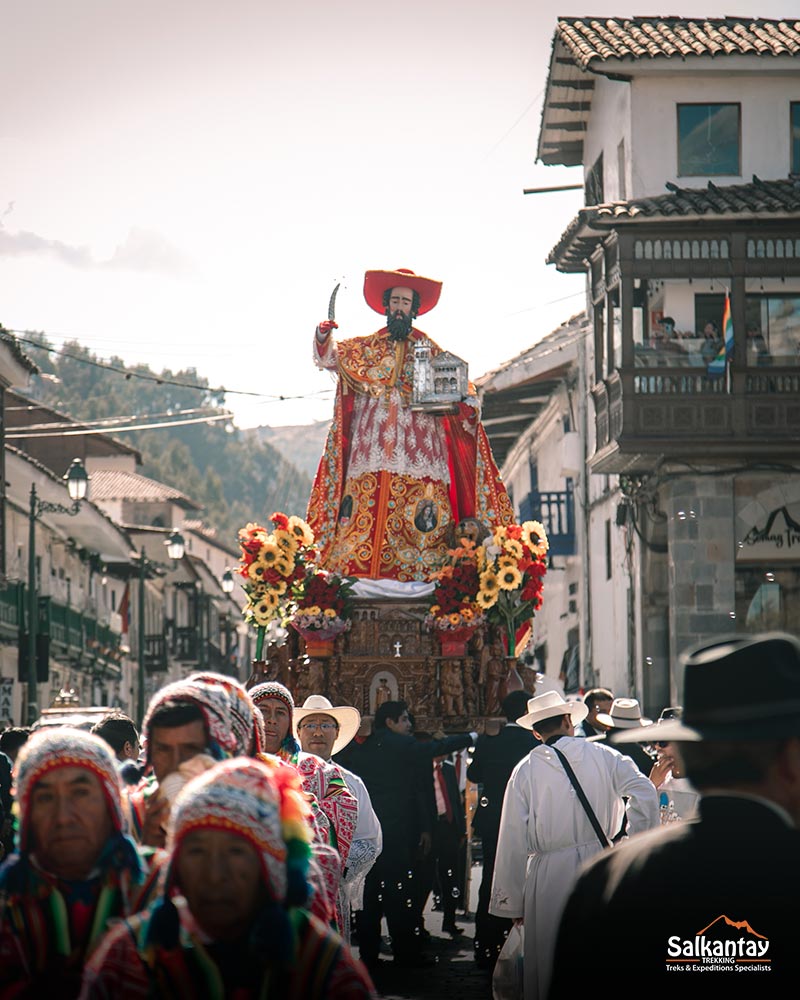
San Cristobal / Saint Christopher
Venerated as the patron saint of travelers and transporters. According to legend, he helped Christ cross a river by carrying him on his shoulders. He is invoked to protect travelers during their journeys.
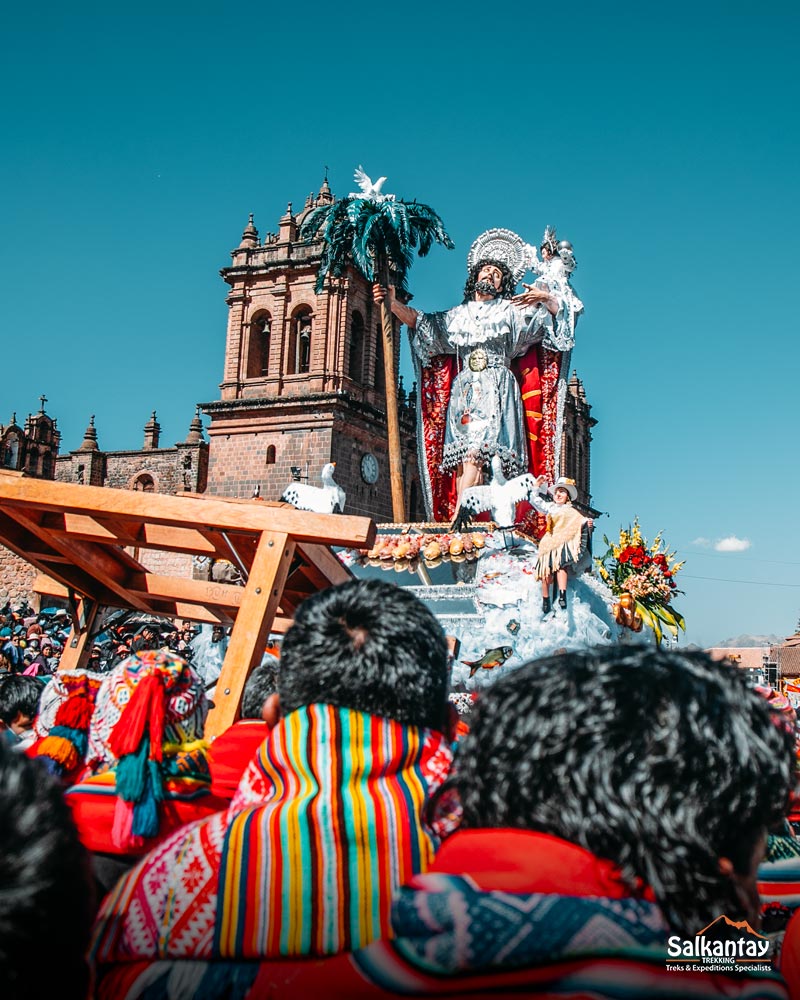
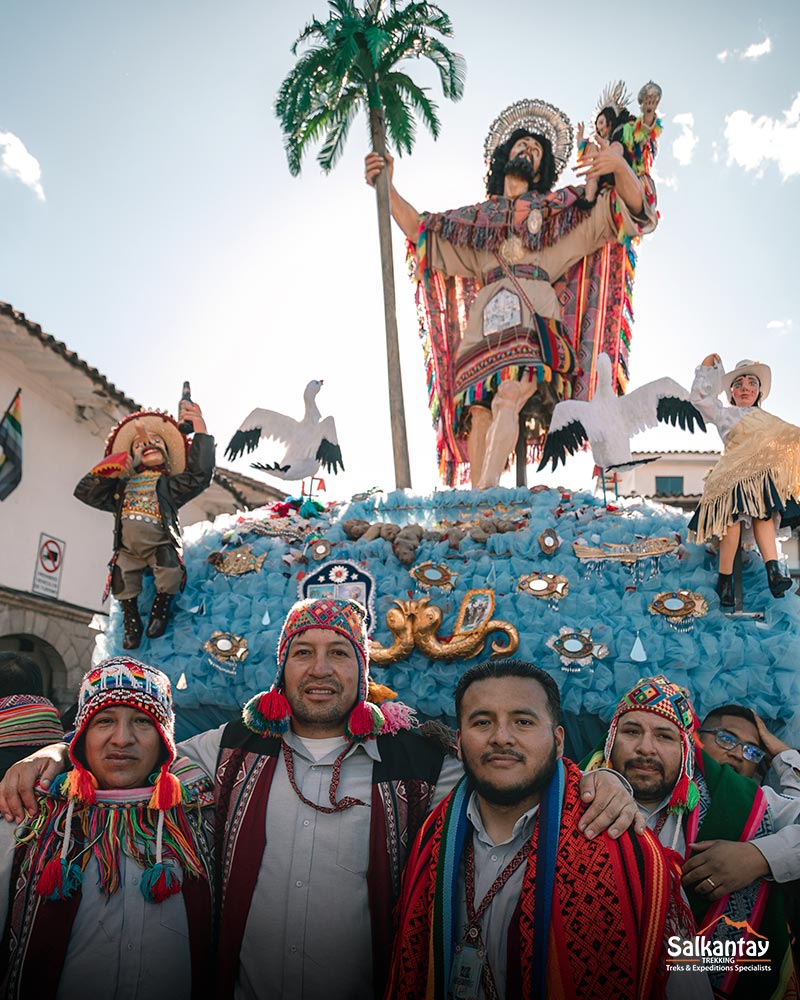
San Sebastian / Saint Sebastian
He was a Roman soldier who converted to Christianity and was martyred for his faith in the 3rd century. He is venerated as the patron saint of archers and soldiers.

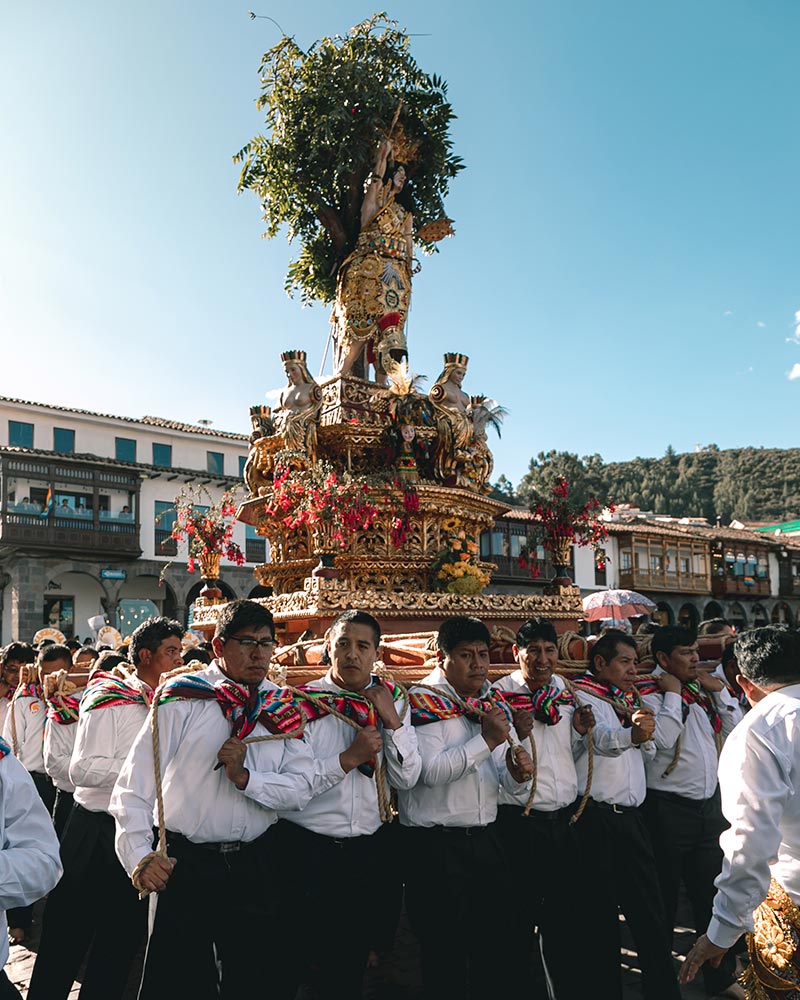
Santa Bárbara / Saint Barbara
It is said that she was imprisoned and tortured for her faith and ultimately martyred for her refusal to renounce Christianity. She was a young Christian woman who lived in the 3rd century. She is venerated as the patron saint of artillerymen and protector against dangers.

Santa Ana / Saint Anne
She was the mother of the Virgin Mary and the grandmother of Jesus. However, she is not directly mentioned in the Bible; her cult developed over the centuries from apocryphal writings and oral traditions. She is venerated as the patron saint of various causes, including pregnant women, grandparents, and carpenters.
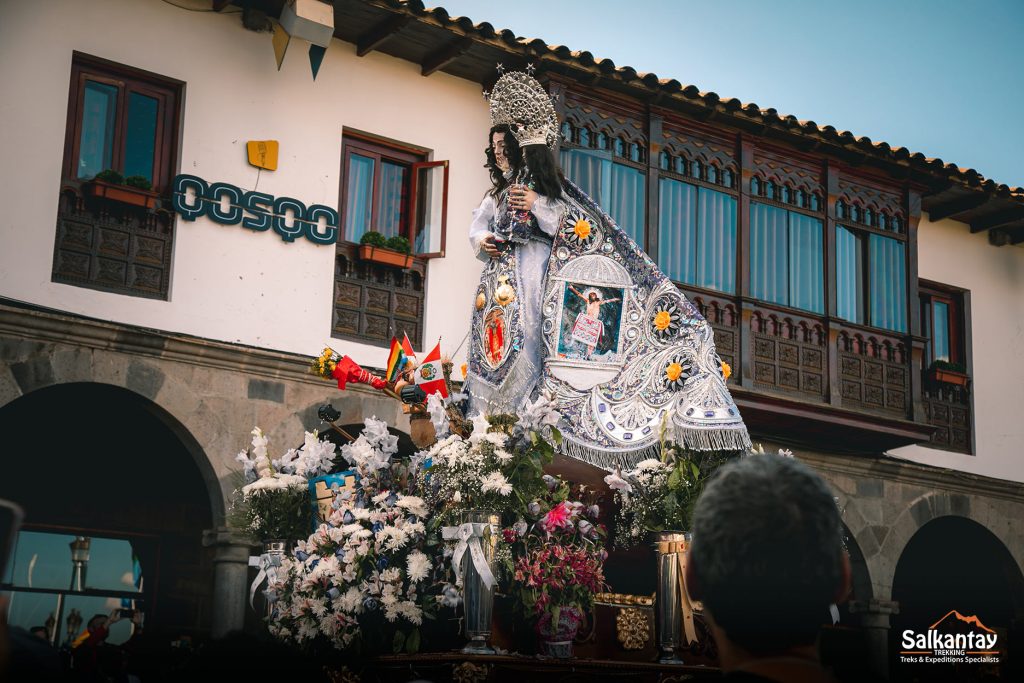
Santiago Apostol / Saint James the Apostle
Also known as Saint James the Greater, he was one of the twelve apostles of Jesus Christ. According to Christian tradition, he became an important leader in the early church. He preached Christianity in Spain before returning to Jerusalem, where he was martyred.
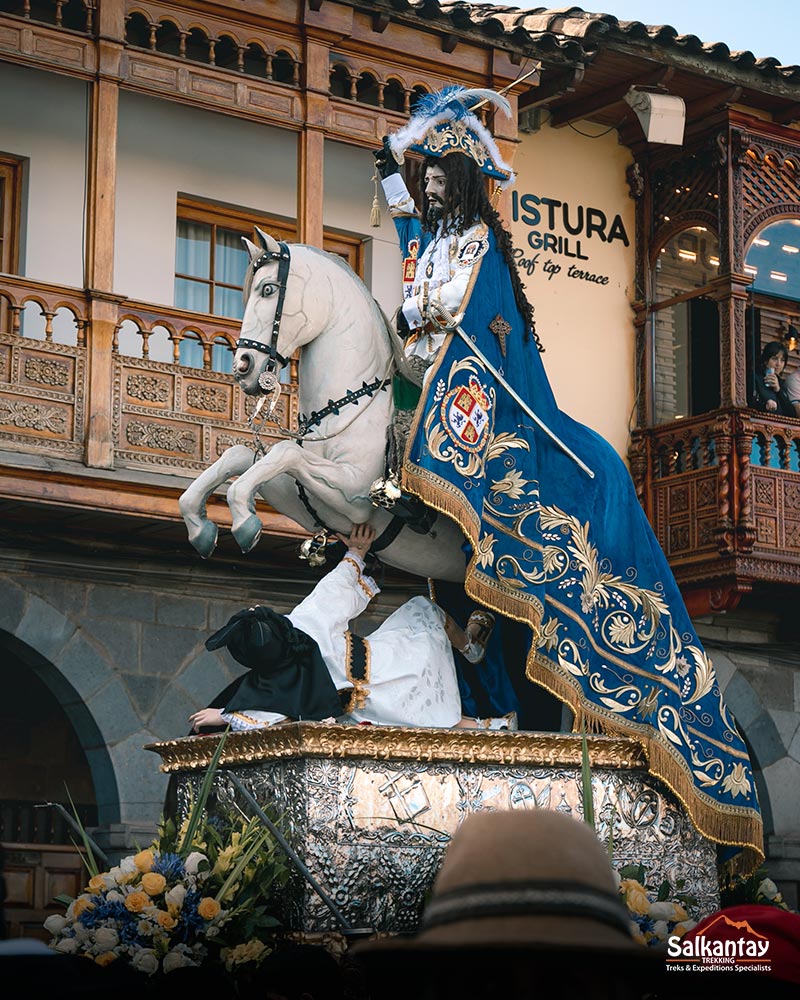
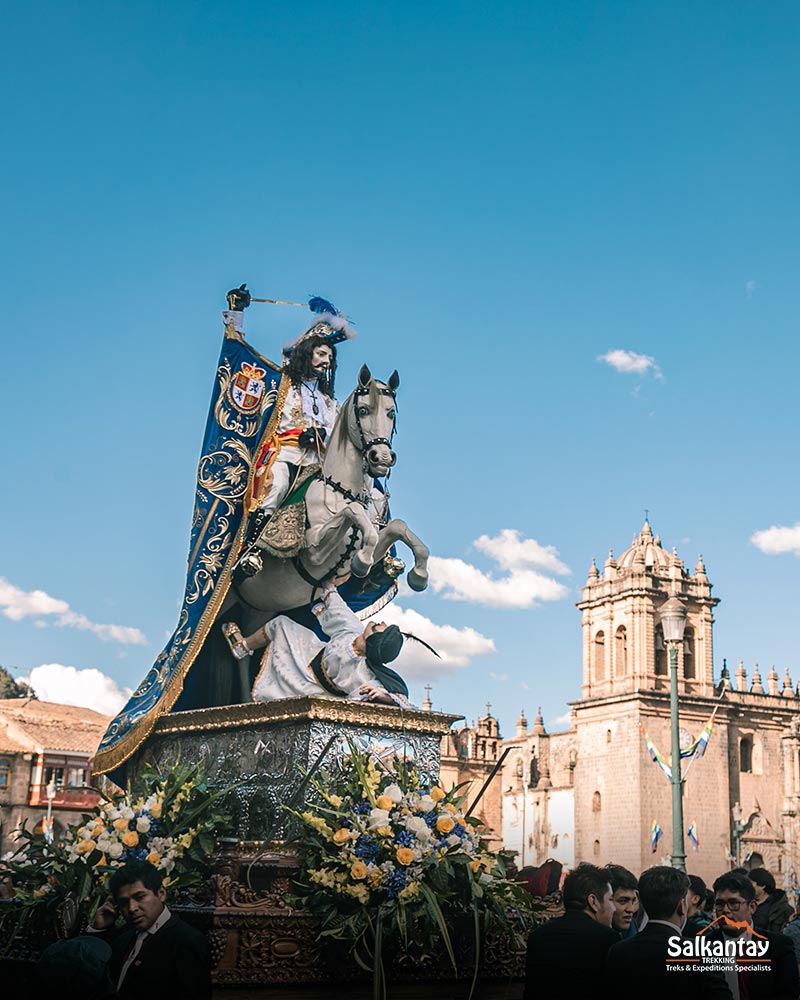
San Blas / Saint Blaise
He was a physician and bishop in Armenia during the early centuries of Christianity. He is credited with the miracle of curing a child who was choking on a fishbone in the throat, which made him the patron saint of throat illnesses.
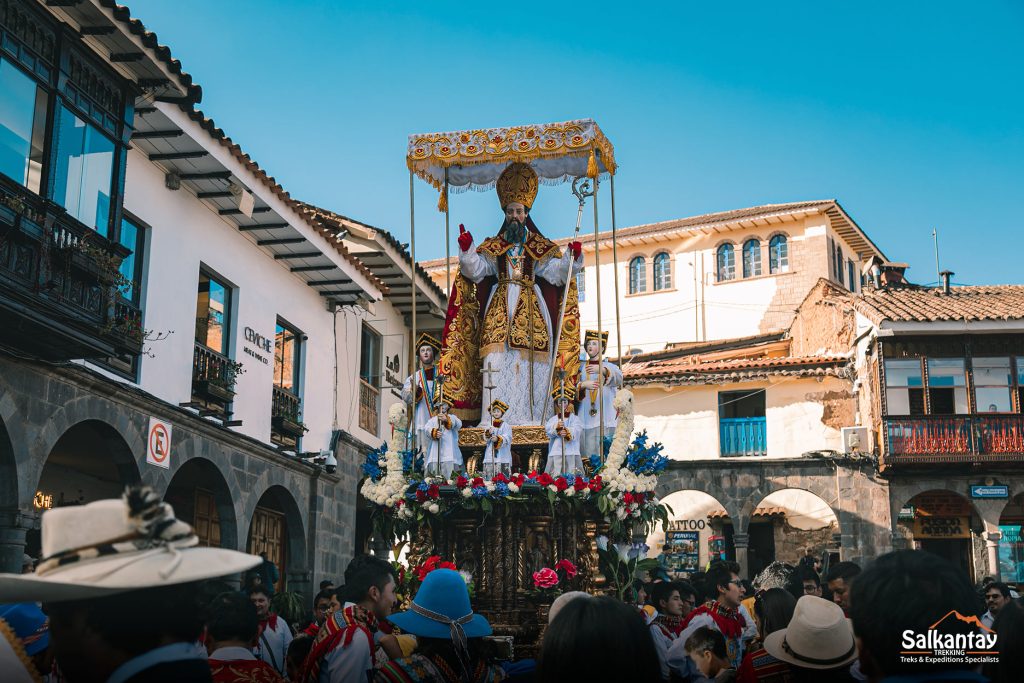
San Pedro / Saint Peter
He was one of the twelve apostles of Jesus Christ and is considered the first pope of the Catholic Church. He is venerated as the patron saint of fishermen and the Catholic Church, and is known for his leadership in spreading early Christianity.
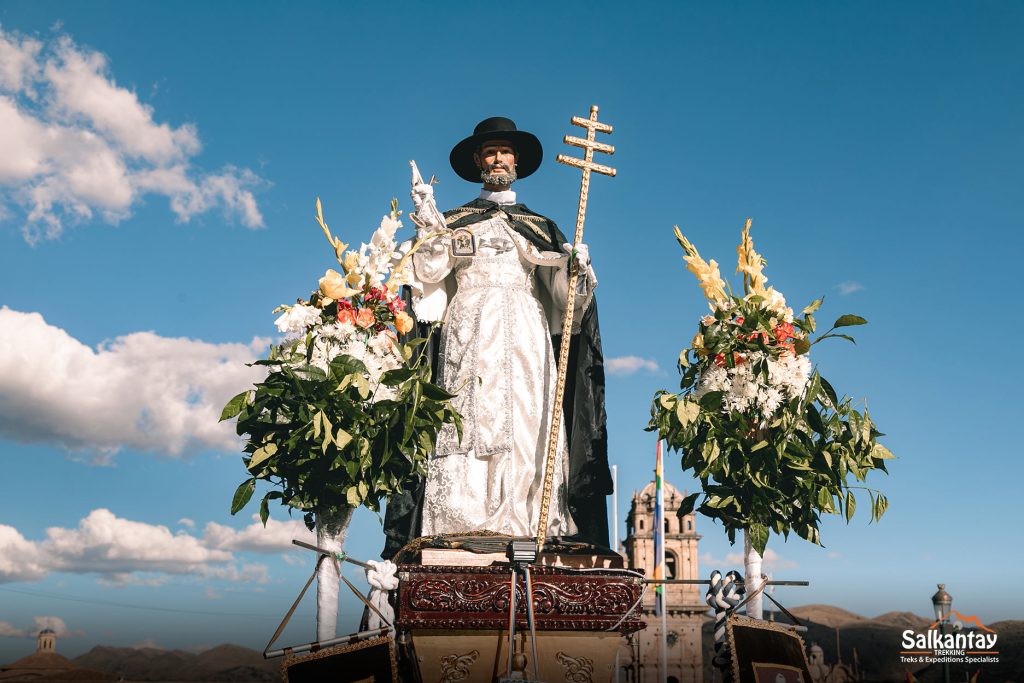
San José / Saint Joseph
The figure of Saint Joseph is more prominent in the Gospel of Matthew, where his role as the husband of Mary and the adoptive father of Jesus is narrated. He is described as a devout man who obeyed the divine instructions he received in dreams.
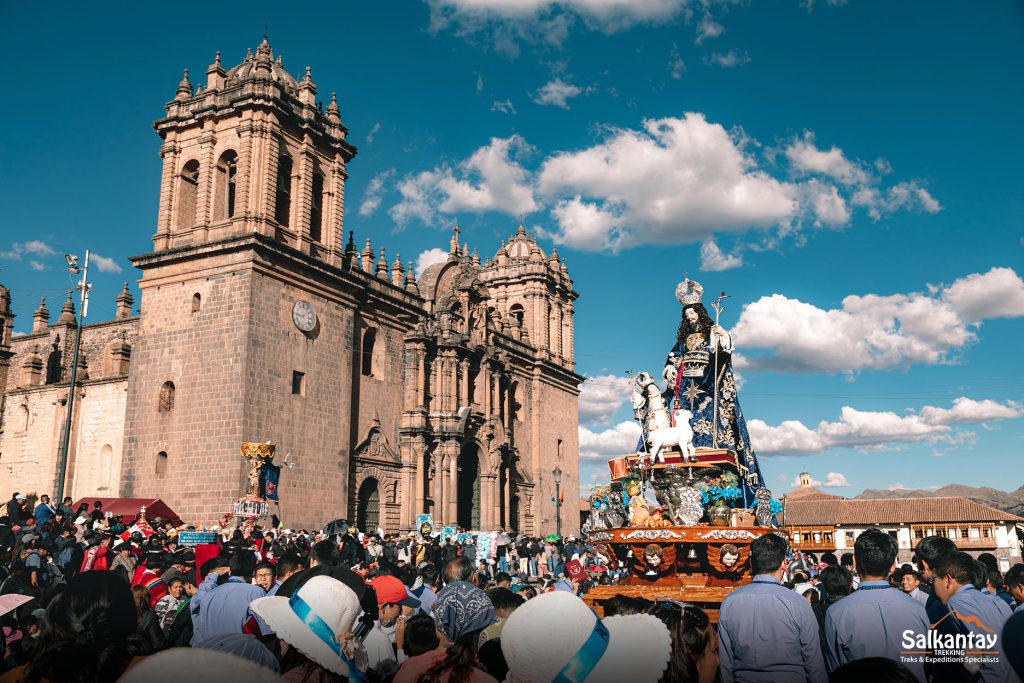
Virgen de la Natividad / Virgin of the Nativity
Her artistic representation has been a source of inspiration for artists and believers over the centuries. She is often depicted as a loving mother holding her newborn, surrounded by shepherds and angels, who in turn celebrate the arrival of Jesus.
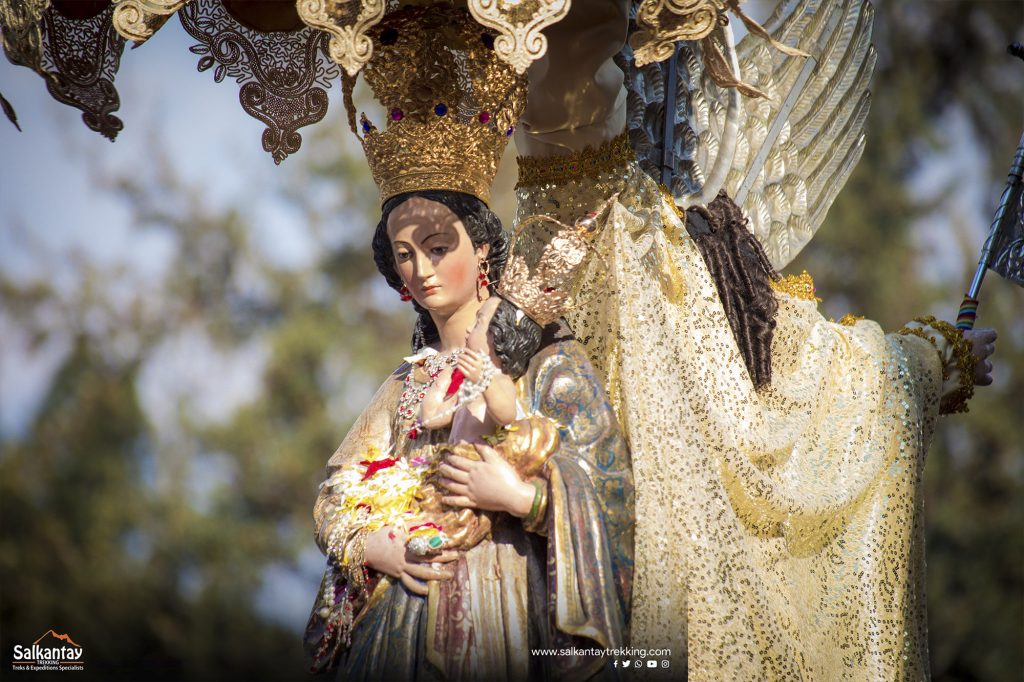
Virgen de los Remedios / Virgin of Remedies
Her story is closely related to the evangelization of the indigenous peoples of America. This image is a Marian advocacy venerated in the Catholic Church, associated with protection and intercession in times of difficulty, being a source of comfort and hope.

Virgen Purificada / Purified Virgin
She is considered a model of Christian life for those who seek to imitate her dedication. It is said that Joachim and Anne, parents of Mary, who were sterile for a long time, conceived her miraculously. In gratitude, they dedicated their daughter to the service of God and took her to the Temple when she was only three years old.
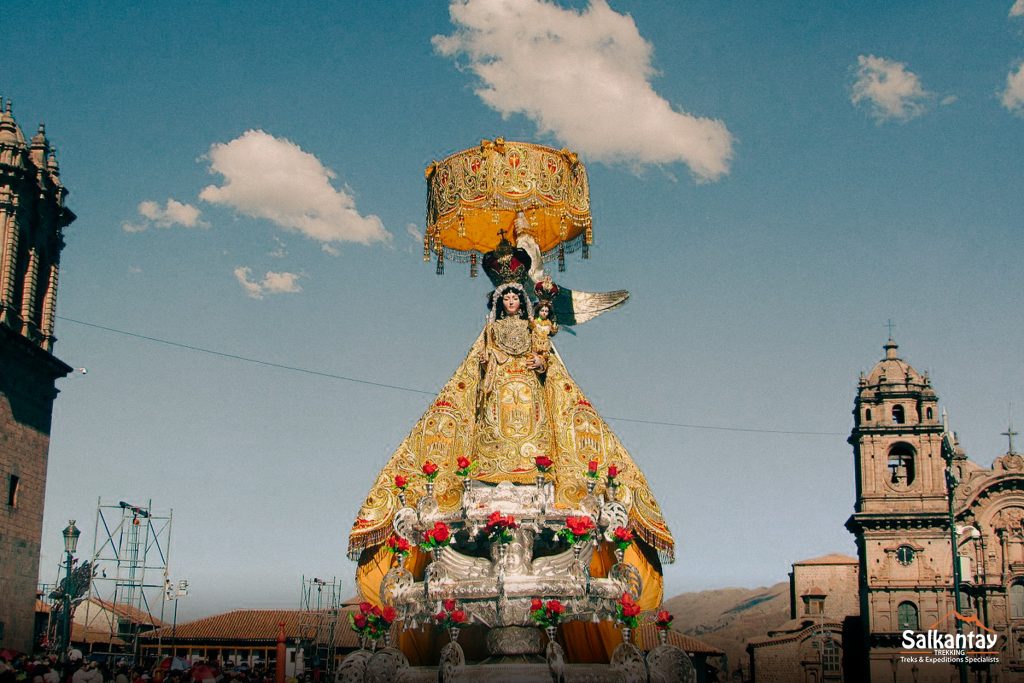
Virgen de Belén / The Virgin of Bethlehem
Also known as “Mamacha Belén”, she is considered a loving and compassionate mother who intercedes for her children before God. According to tradition, devotion to this Virgin originated in Cajamarca in northern Peru. Her image was found by a local shepherd on “Cerro de Belén” in the 16th century.

Virgen Inmaculada Concepción / Immaculate Conception Virgin
Affectionately known as “La Linda” for her beauty and spiritual purity, this image is venerated as an example of grace and holiness for Catholic faithful. She is often depicted as a celestial figure, surrounded by stars and with a moon at her feet, symbolizing her victory over evil.
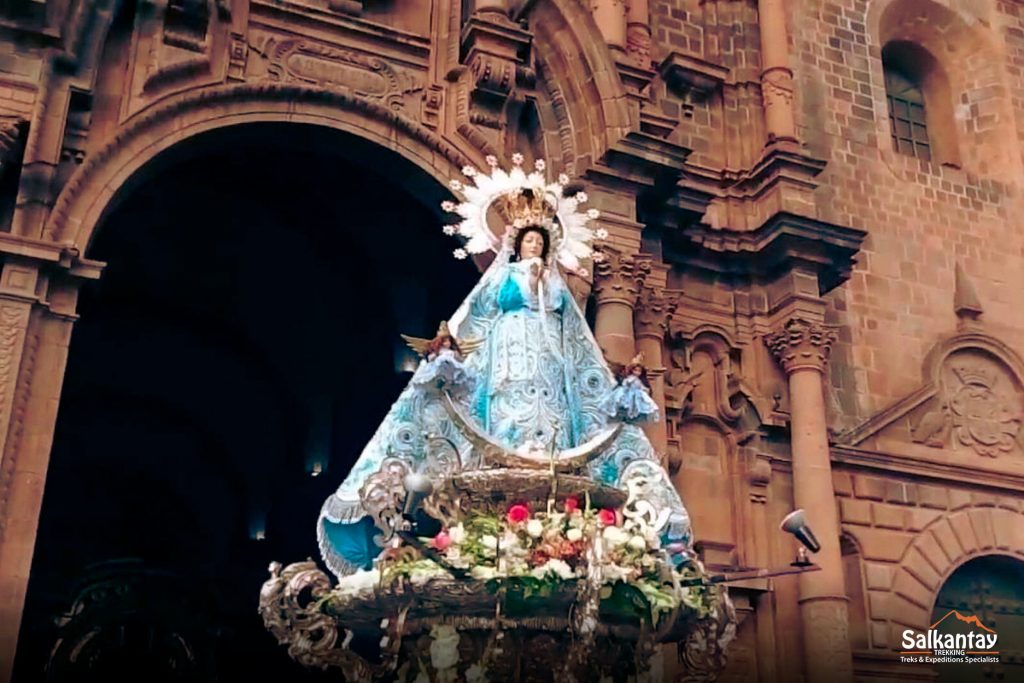
Traditional Customs.
Sale of typical dishes. In the squares and streets surrounding the historic center of the city, the commercialization of the famous and acclaimed “Chiriuchu” increases. This is the main dish of the eagerly awaited procession. You can also find all kinds of street vendors selling seasonal fruits, handicrafts, and clothing.
Chiriuchu. It is a traditional dish of Cusco’s gastronomy in Peru, especially associated with the Corpus Christi festivity. The term “Chiriuchu” comes from the Quechua language. Some claim it means “cold spicy,” while others say it means “cold mix.”
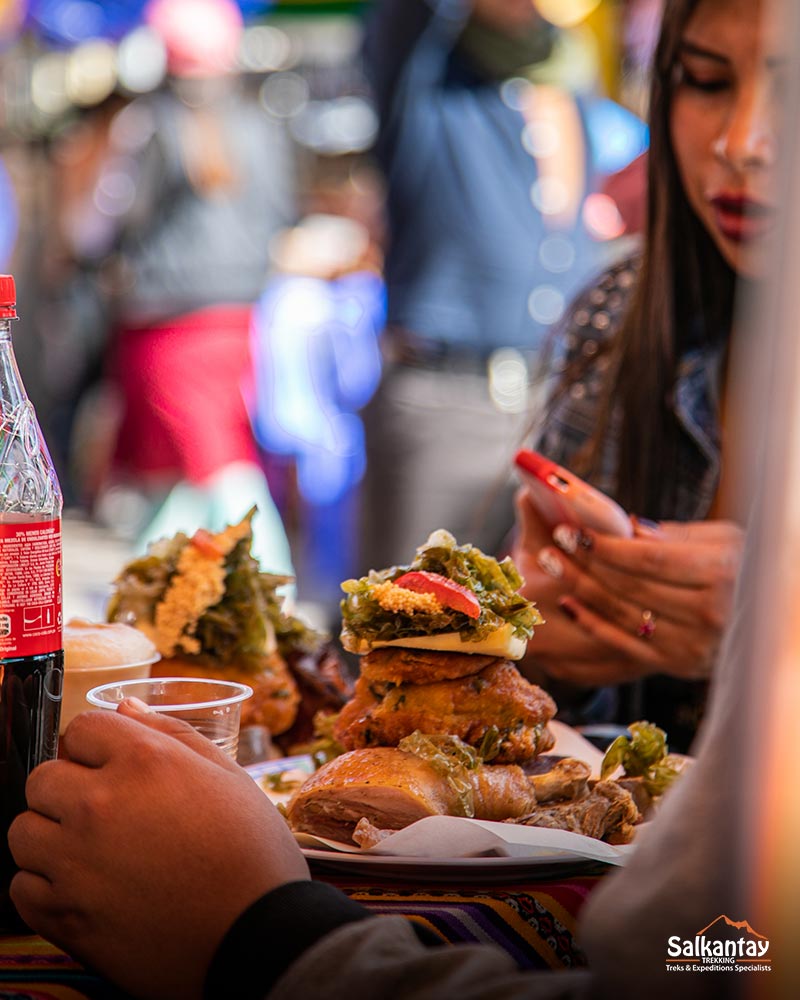
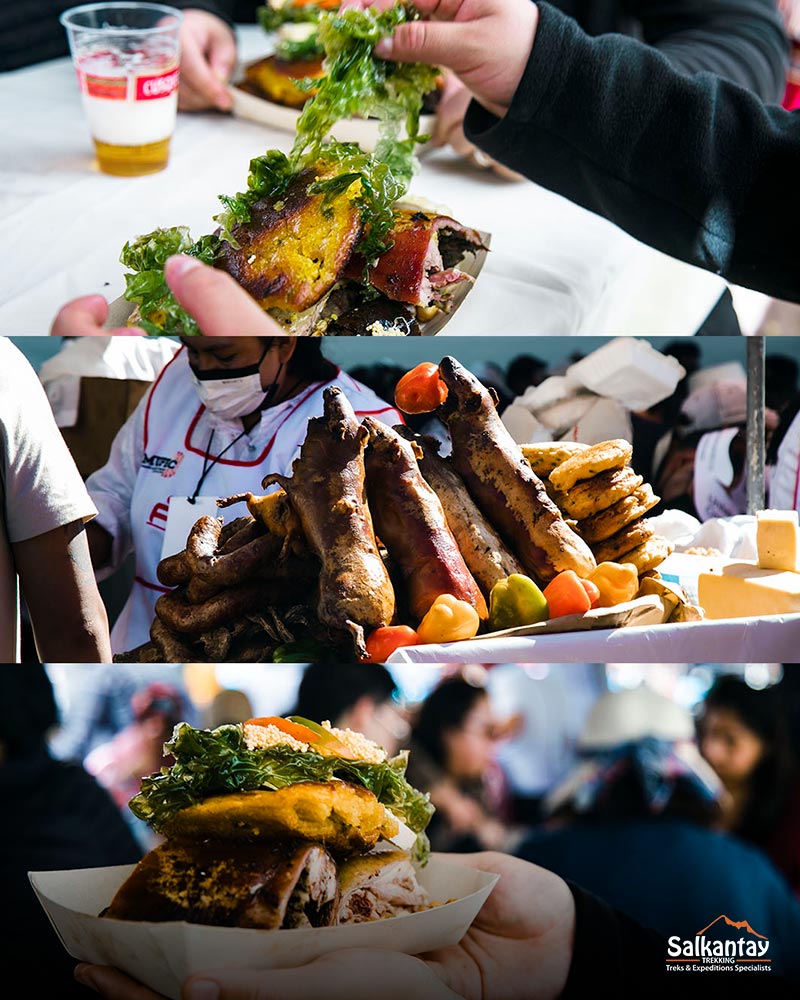
Regional products in one dish. Among the main ingredients of Chiriuchu are guinea pig, chalona or dried llama or alpaca meat, “rocoto relleno” peppers stuffed with cheese, chicken, “tortilla”, sausage, hard-boiled egg, “cochayuyo” or seaweed, toasted corn, fish roe, among others.
Octave of Corpus. After blessing the faithful, the saints stay in the Cusco Cathedral, from where they will leave again eight days later. It is then that the celebration is renewed with the arrival of “the octave” of Corpus Christi. All activities are renewed, and the streets once again witness the passage of the saints returning to their respective parishes.
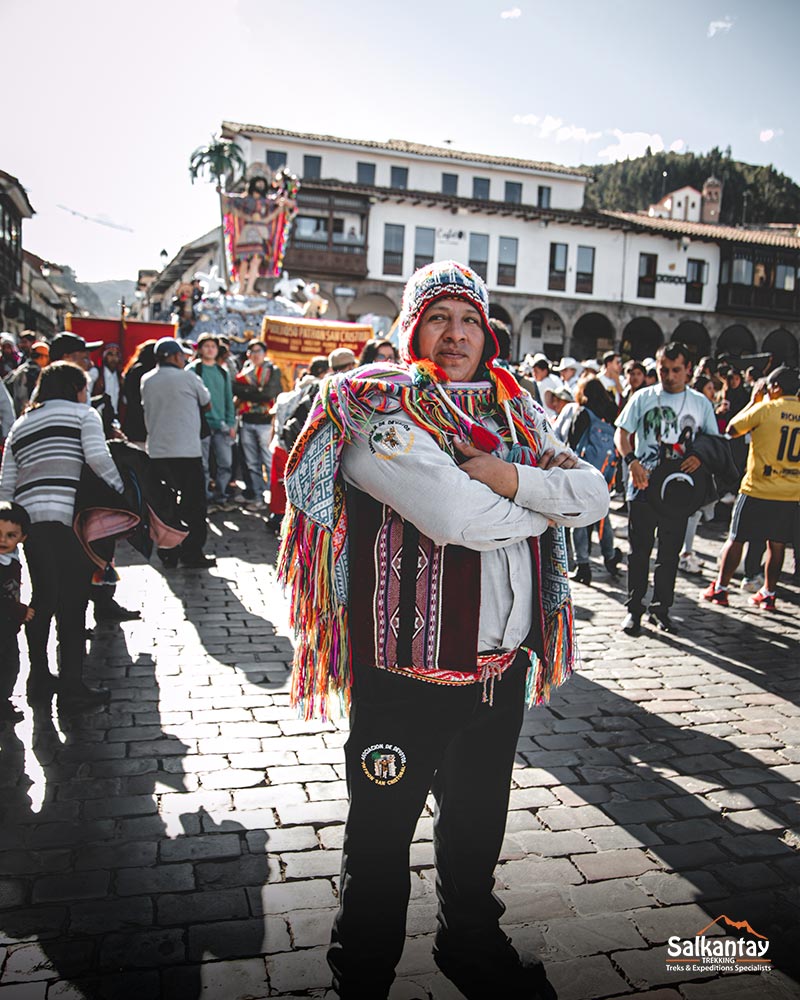
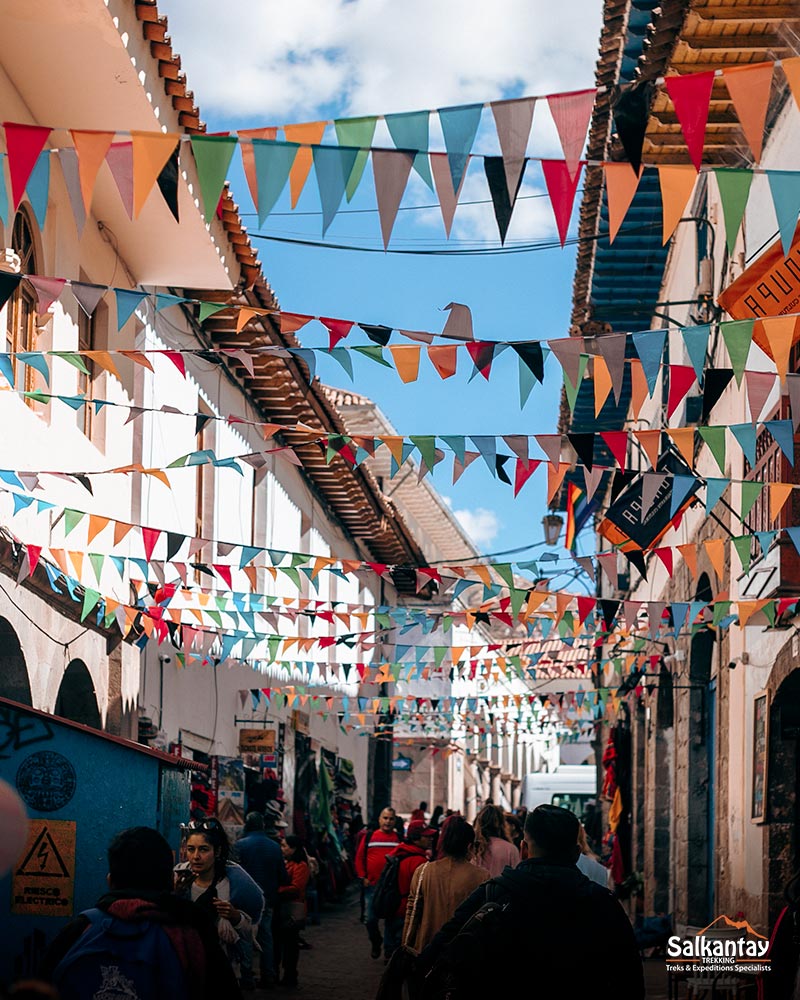
Different dances. Many traditional dances like Mestiza Qoyacha, Contradanza, and Capaq Qoya showcase their presence in the city. The population enjoys watching the performances of the inevitable and joyful Chauchos, Qollas, and Ukukus or Pabluchas also known as bear men. Each costume symbolizes a mythical character of the region.
Bands and troupes competition. Musicians from each neighborhood play for their respective dances, generating a competition with other bands. These troupes and orchestras, in their own way, celebrate their traditional festival.
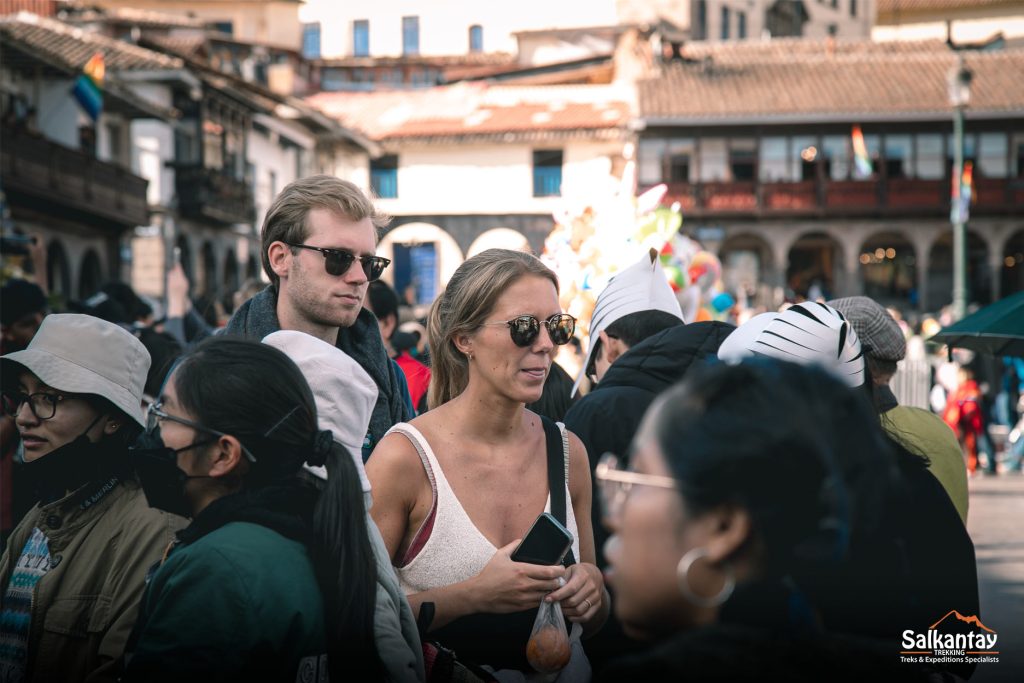
Tips to Enjoy Corpus Christi to the Fullest.
You can enjoy an unforgettable experience during Corpus Christi in Cusco by following these tips:
Plan ahead. Make sure to book accommodation and transportation in advance. Planning ahead is crucial as Corpus Christi is a highly popular festival in Cusco. Take precautions if you’re planning to visit during this time.
Participate in the processions. Try to join the processions as they are the focal point of the Corpus Christi celebration. It’s a unique and thrilling experience where you can traverse the streets of the city’s historic center.
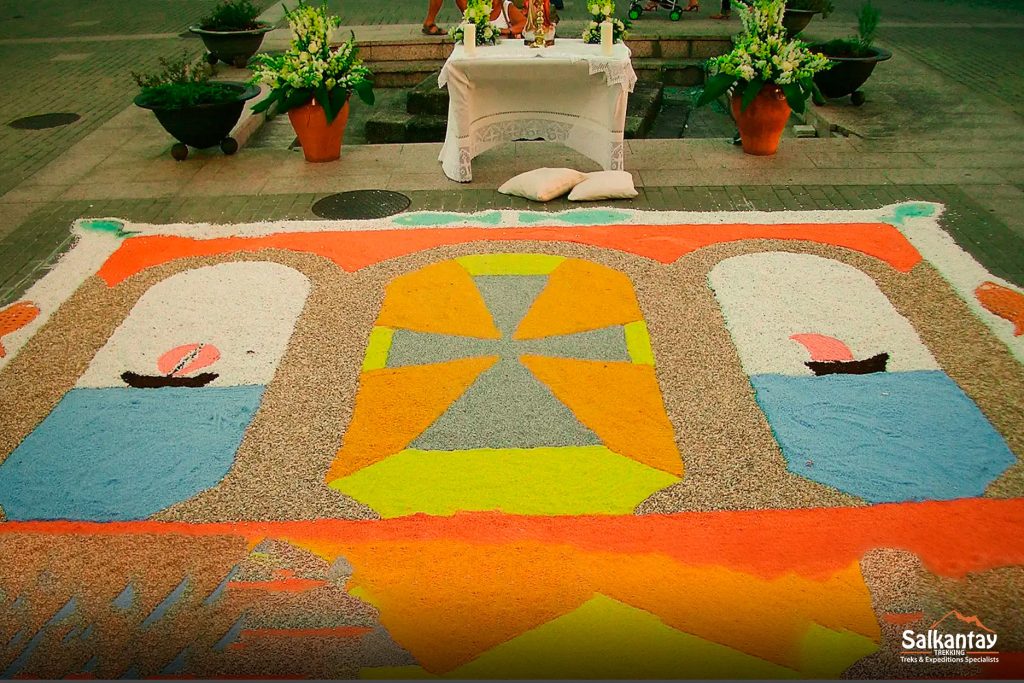
Admire the flower and sawdust carpets. During the celebrations, the streets and squares of the city are decorated with elaborate flower and sawdust carpets. Take the time to admire these beautiful ephemeral artworks and capture some memorable photos.
Explore local cuisine. Seize the opportunity to taste delicious Peruvian food during your visit to Cusco. Enjoy the delightful Chiriuchu with your friends and family.
Enjoy music and dance. Don’t miss the chance to enjoy traditional Andean folk music and witness dancers perform colorful folk dances in the streets and squares of Cusco.
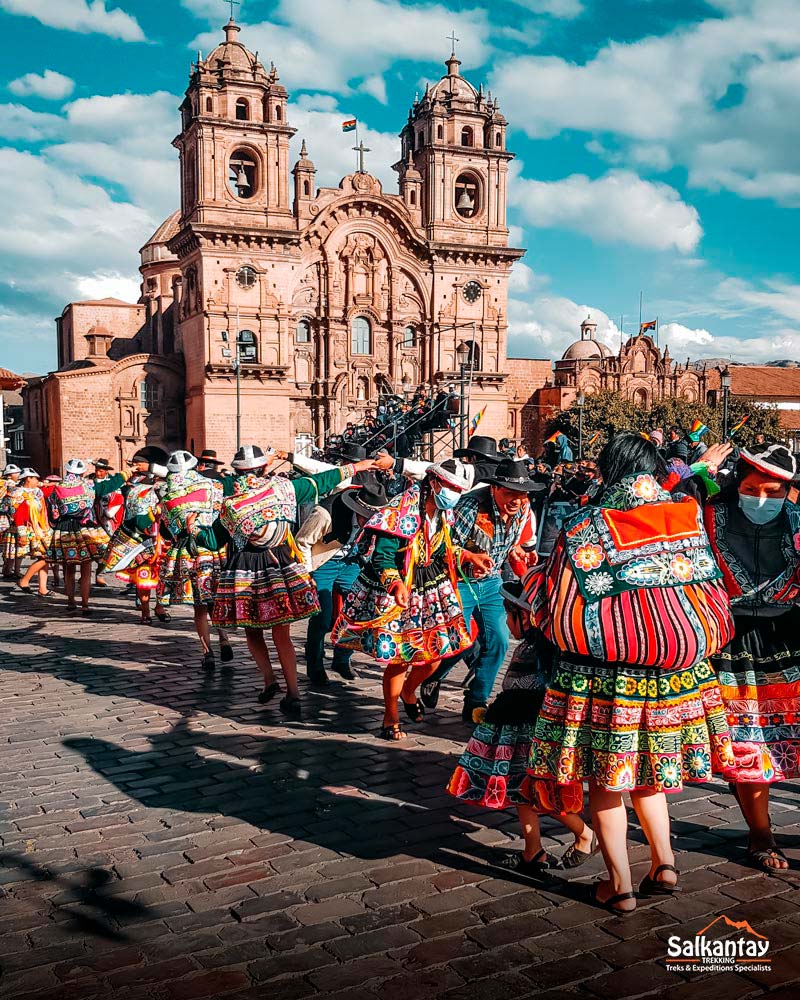
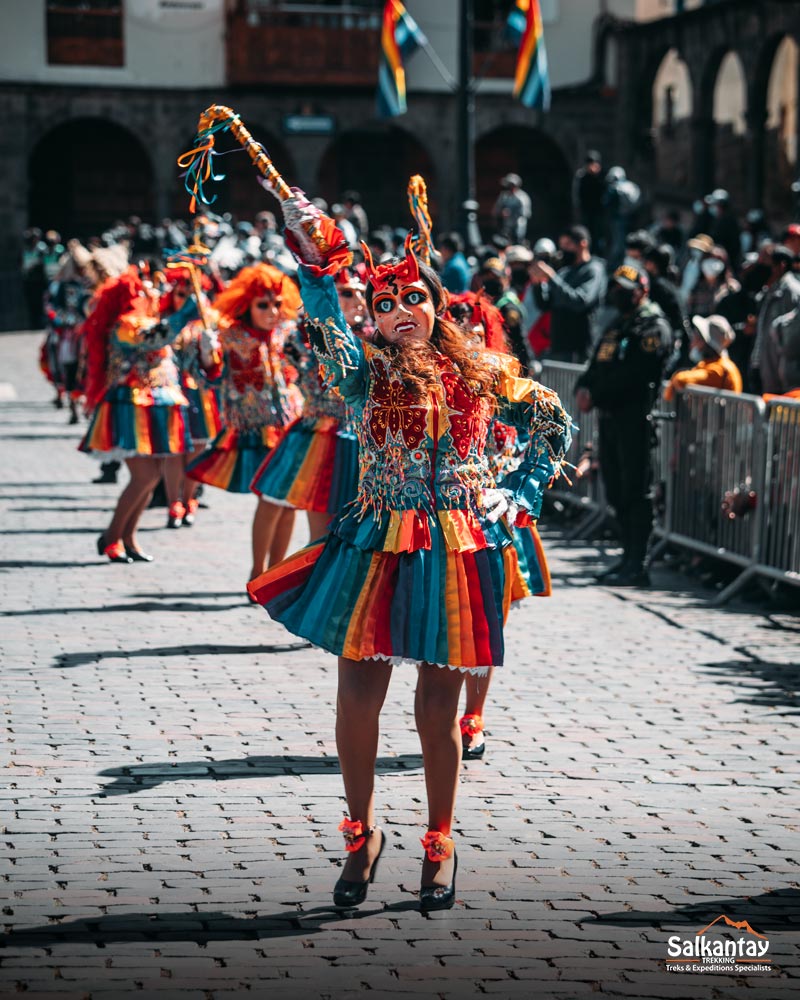
Respect traditions and religion. Remember that Corpus Christi is an important religious festival for the local community. Participate respectfully in religious activities if you decide to join them.
Explore the surroundings of Cusco. Take advantage of your visit to Cusco during Corpus Christi to also explore nearby archaeological sites, such as the Sacred Valley and the Inca ruins of Sacsayhuamán.

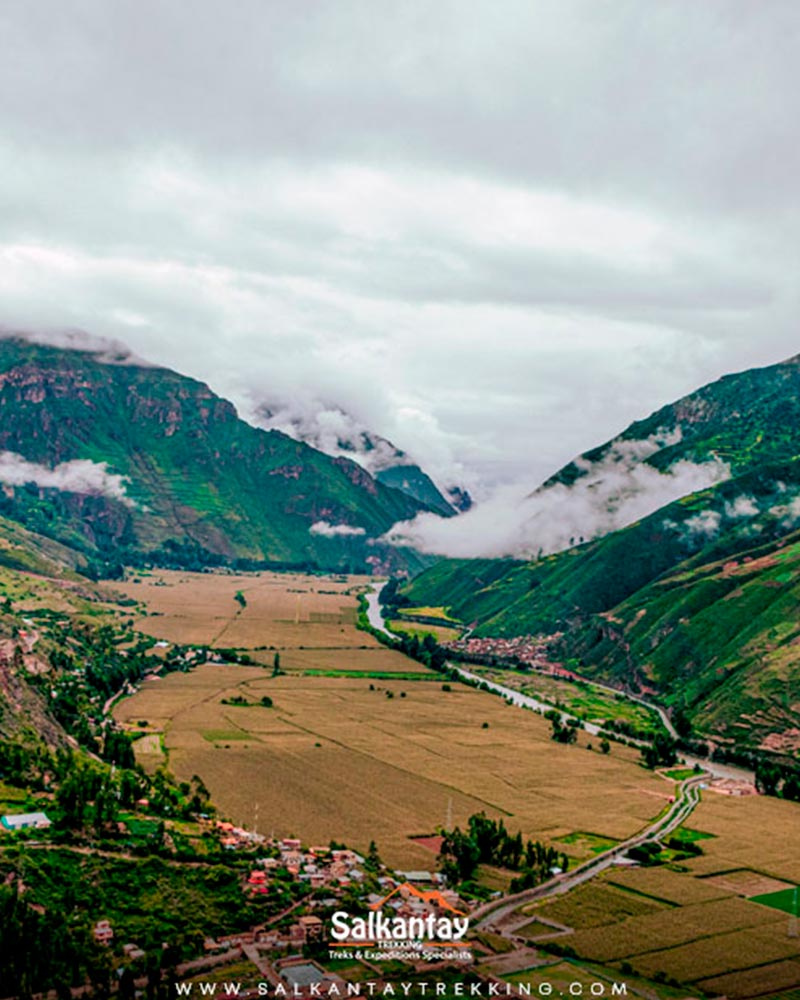
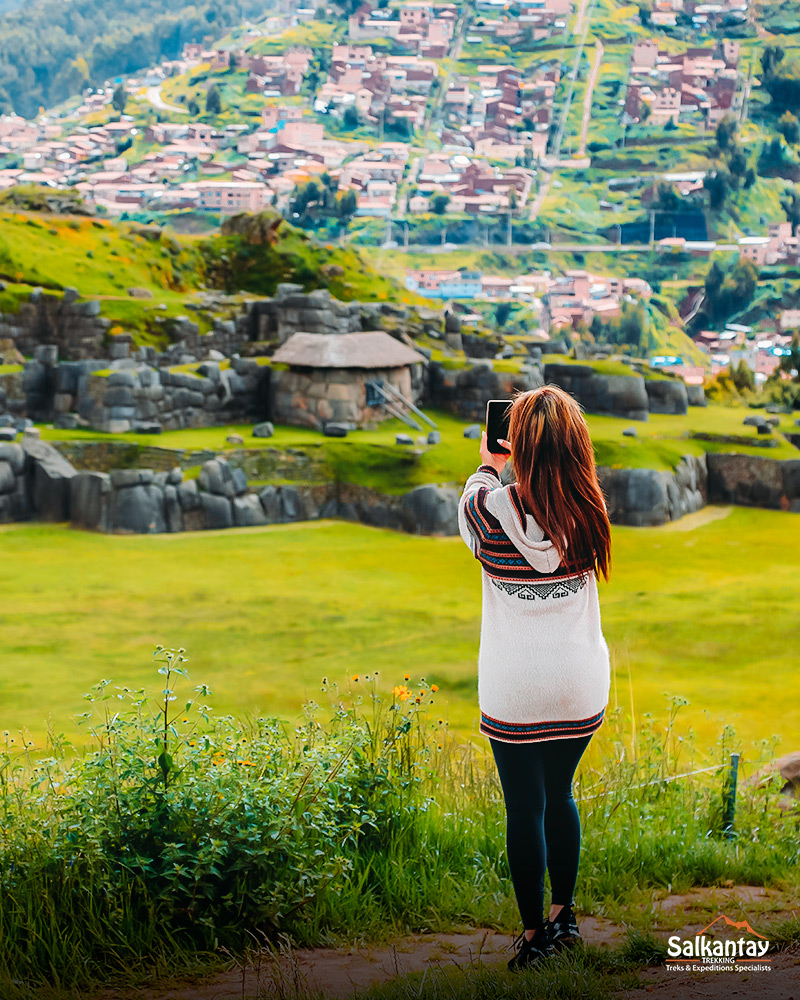
Conclusion.
The Corpus Christi festival in Cusco, Peru, is a celebration rooted in the arrival of Catholicism to the region during the Spanish colonial era. Although it didn’t exist before the conquest, it has become an integral part of the cultural and religious identity of Cusco and the entire Andean region.
This year, Corpus Christi continues to be an occasion to celebrate faith and tradition where people from all over the world gather to honor the saints who have been a source of inspiration and comfort. Moreover, this celebration is an opportunity to experience the rich cultural and religious heritage of the region.



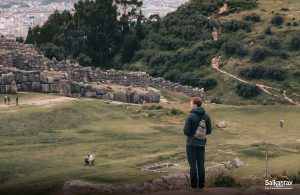
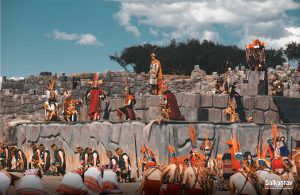
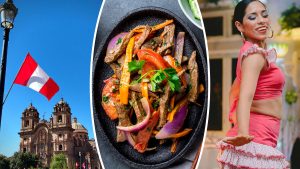




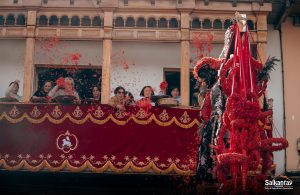
Leave A Reply